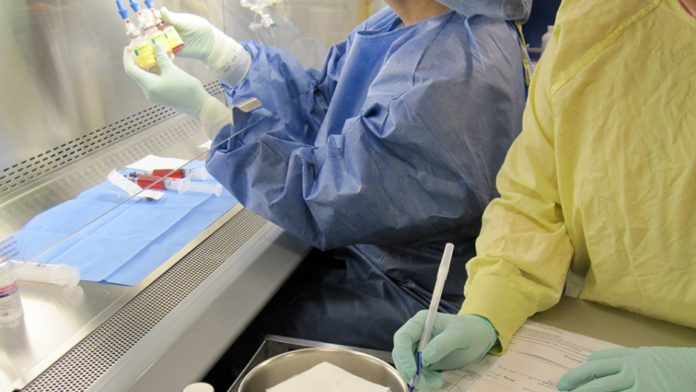Generals are always preparing to fight the last war, as the saying goes, and so it seems to be with accident prevention in health care. When something goes wrong and people get hurt, an investigation is launched and steps are taken to prevent that specific failure from happening again. When a pharmaceutical mixing error led to over a thousand Ontario cancer patients receiving the wrong dose of IV chemotherapy, an inquiry was launched, practices were improved, preventative measures were put in place, and life went on.
But other vulnerabilities in the system and potential sources of error that haven’t yet gone wrong are rarely looked at.
Prevention instead of reaction
Dr. Patricia Trbovich of the Techna Institute and UHN’s HumanEra is one of the few researchers examining health care systems and processes, actively looking for vulnerabilities before someone gets hurt. In a recent study on chemotherapy drug dispensing in Nova Scotia, her team found that IV chemotherapy—the kind that was involved in the Ontario scandal—now has a total of 57 systematic checks to help prevent errors. Conversely, oral chemotherapy—which has many of the same risks—has only 6 such systematic checks. Dr. Trbovich is now working with Cancer Care Ontario in their efforts to develop new guidelines for chemotherapy dispensing.
Do not disturb
The HumanEra team also looked at how nurses in intensive care units are interrupted during their work. For the most part, co-workers appear to know when a nurse is performing a high-risk task and should not be interrupted. However, some interruptions during important tasks still occurred, including some trivial interruptions for personal matters. Not all important tasks are obviously such.
In a follow-on study, Dr. Trbovich’s student, Farzan Sasangohar, developed a tool to help nurses announce when they are performing high-risk tasks. During procedures like IV infusion setup, medication preparation, or taking blood, a simple “do not disturb please” sign lights up outside the room and a flashing red LED is visible inside the room. This significantly reduced the number of interruptions per hour during these high-risk tasks, while interruptions at other times were not affected. Importantly, none of the interruptions during high-risk tasks were for personal matters when the notification system was in effect.
With the new list of “Never Events” for hospitals from Health Quality Ontario, the work of groups like HumanEra will become even more important in improving processes and preventing future errors—not just preventing the ones that have already happened once.








































